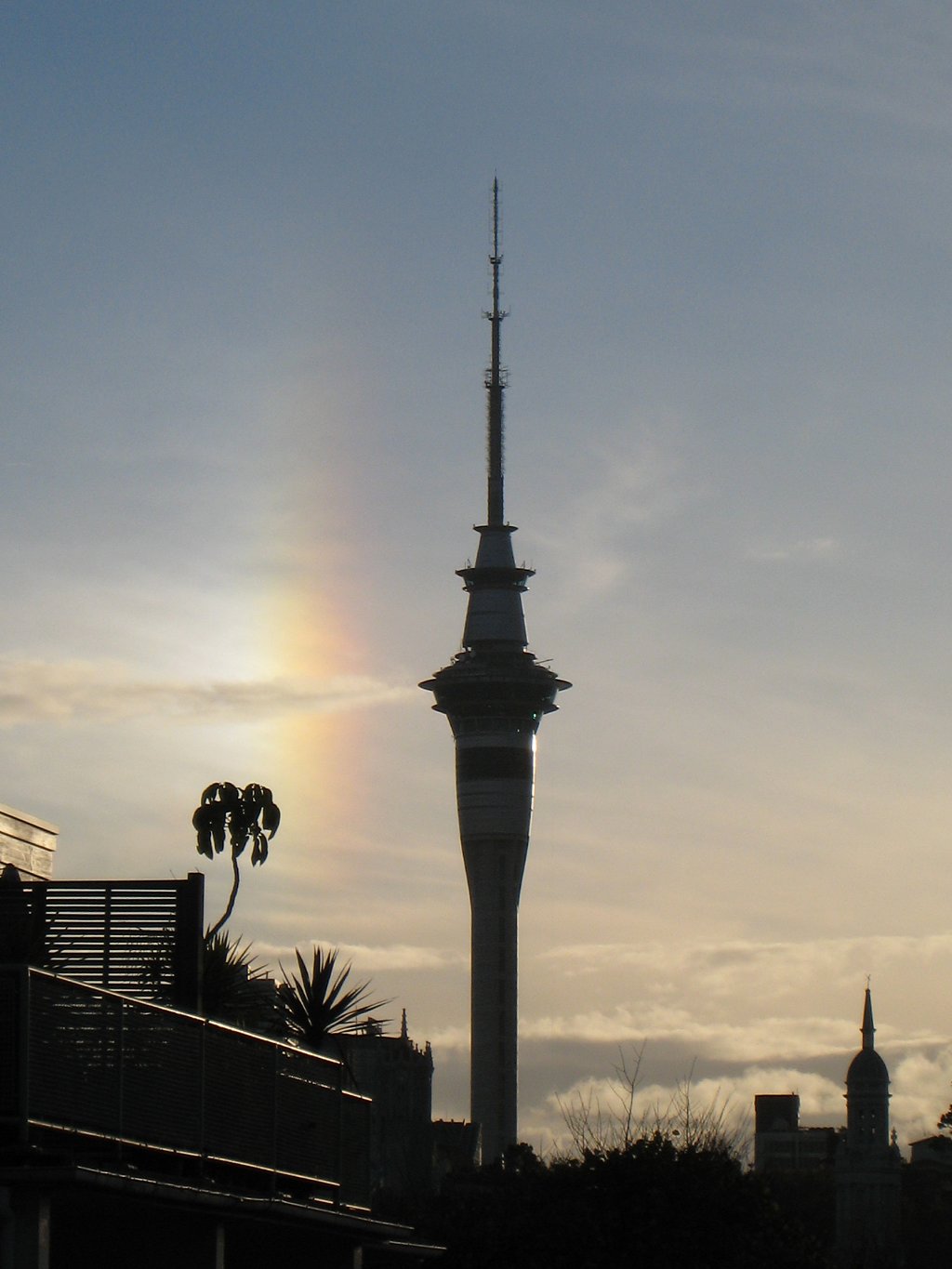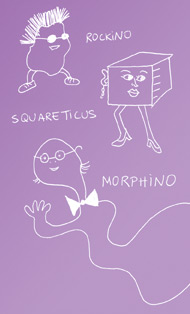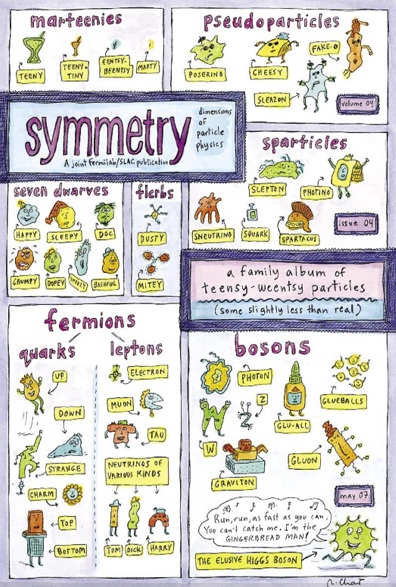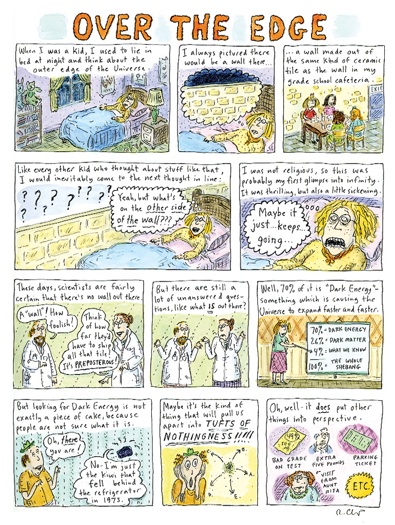 In a bizarre twist, after a satisfying day of calculating I switched on the television, accidentally pressed a wrong number, and ended up on ABC just as a program called “American Inventor” was starting. I’m not really up on all these “reality” format shows, so I’ve no idea how long this has been in existence, but I must say that it was good to see a program in this format that was primarily about using one’s brain, inventiveness and engineering/construction skills! The format is a bit too gimmicky for my tastes (I’m not partial to all the forced drama and overwrought background music), but that’s probably because I don’t watch much of this sort of thing, so I probably won’t be a regular viewer. But again I must say it was good to see that such a show exists. Perhaps there are more that I don’t know about. It seems that I just saw the phase where they filter out all the silly ones (and goodness were some silly!) and pick the finalists from each city who get $50,000 worth of development money. They did LA and SF in this show, and apparently they’ll be doing the North East next. Questions you might be able to help me with: Do all these shows have a British judge on the panel to play a sort of mean guy? Is it a sort of requirement? The one other such show I’ve seen, American Idol, has that, and like a good theorist I am extrapolating wildly from two data points.
In a bizarre twist, after a satisfying day of calculating I switched on the television, accidentally pressed a wrong number, and ended up on ABC just as a program called “American Inventor” was starting. I’m not really up on all these “reality” format shows, so I’ve no idea how long this has been in existence, but I must say that it was good to see a program in this format that was primarily about using one’s brain, inventiveness and engineering/construction skills! The format is a bit too gimmicky for my tastes (I’m not partial to all the forced drama and overwrought background music), but that’s probably because I don’t watch much of this sort of thing, so I probably won’t be a regular viewer. But again I must say it was good to see that such a show exists. Perhaps there are more that I don’t know about. It seems that I just saw the phase where they filter out all the silly ones (and goodness were some silly!) and pick the finalists from each city who get $50,000 worth of development money. They did LA and SF in this show, and apparently they’ll be doing the North East next. Questions you might be able to help me with: Do all these shows have a British judge on the panel to play a sort of mean guy? Is it a sort of requirement? The one other such show I’ve seen, American Idol, has that, and like a good theorist I am extrapolating wildly from two data points.
 Seeing a reality show based on some intellectual skill actually reminds me. Even though I got a reminder from some of the people behind the show, I’m embarrassed to say that I completely forgot to tell you about the show on PBS for youngsters aged 9 – 12 called “Design Squad”. From the “about” part of their site:
Seeing a reality show based on some intellectual skill actually reminds me. Even though I got a reminder from some of the people behind the show, I’m embarrassed to say that I completely forgot to tell you about the show on PBS for youngsters aged 9 – 12 called “Design Squad”. From the “about” part of their site:
Borrowing from the hugely popular reality competition format, DESIGN SQUAD is aimed at kids and people of all ages who like reality or how-to television. Its goal is to get viewers excited about engineering!
Over 13 episodes, eight high school contestants tackle engineering challenges for an actual client—from building a machine that makes pancakes to a “summer sled” for LL Bean. In the final episode, the top two scorers battle for the Grand Prize—a $10,000 college scholarship from the Intel® Foundation.
I think it has now concluded, but you can watch all 13 episodes online here. Did anyone see it? (I did not.) What did you think? You can get more involved with Design Squad by following up on this part of their website.
Design Squad was co-sponsored by the IEEE, which is excellent to see. So will the American Physical Society (and other science societies) be doing something similar, one wonders? It’s a potentially good way of getting people interested in participating in science – on prime time television. We could, for example, have members of the […] Click to continue reading this post →
 This is actually a bit exciting! While eating lunch at home, I’m reading the live updates* on the space shuttle’s preparations for re-entry, since it is going to land in California. It actually might fly overhead while supersonic and we’ll get a sonic boom.
This is actually a bit exciting! While eating lunch at home, I’m reading the live updates* on the space shuttle’s preparations for re-entry, since it is going to land in California. It actually might fly overhead while supersonic and we’ll get a sonic boom.





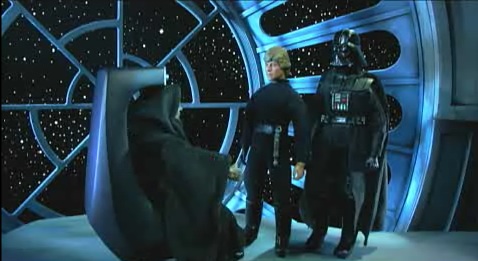

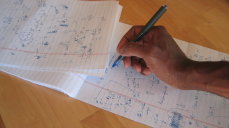 Yes, part of my job is to sit and think about how the universe works. People hear this, and they wonder exactly what that entails. Well, it entails a lot of things – sometimes there’s the grand thoughts and the thought experiments and the like that you hear of from documentaries and books about Einstein and other famous scientists – but more often that not it is grungy nuts and bolts.
Yes, part of my job is to sit and think about how the universe works. People hear this, and they wonder exactly what that entails. Well, it entails a lot of things – sometimes there’s the grand thoughts and the thought experiments and the like that you hear of from documentaries and books about Einstein and other famous scientists – but more often that not it is grungy nuts and bolts.